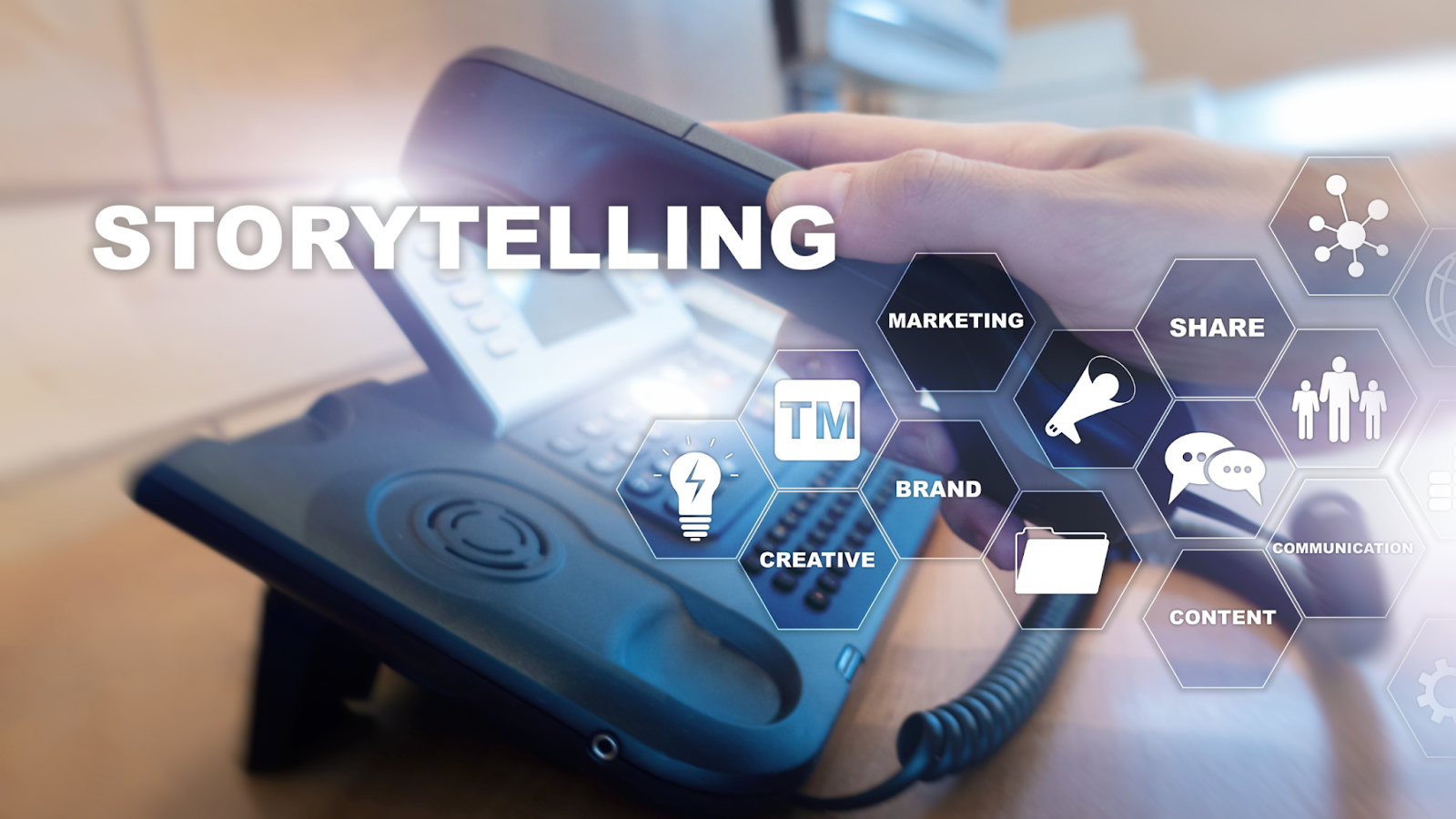
In a world overflowing with advertisements, social media posts, and countless marketing messages, one thing has remained timeless: the power of a good story. In fact, brand storytelling is now considered one of the most effective tools in connecting with audiences, building trust, and creating lasting emotional bonds. But what makes storytelling such a powerful marketing tool, and how can brands leverage it to stand out in a crowded marketplace?
In this post, we’ll explore the art of brand storytelling, why it works, and how you can craft compelling narratives that resonate with your audience on a deeper level.
Why Brand Storytelling Matters
Let’s face it: we’re all bombarded with messages every day. Whether it’s a TV commercial, an email, or an Instagram ad, it’s easy for consumers to tune out. But stories—real, relatable, and emotional stories—have the power to cut through the noise. They engage, captivate, and leave a lasting impression.
A study by Headstream found that 55% of consumers are more likely to buy from a brand if they feel a connection to its story (Headstream, 2024). Stories don’t just communicate information; they create emotional connections. And in today’s world, consumers crave authenticity. They want to engage with brands that not only sell products or services but also share values, experiences, and narratives that resonate with them.
In fact, storytelling humanizes your brand, making it relatable and trustworthy. It’s not just about what you offer; it’s about why you offer it and how it fits into the lives of your audience. The best stories make consumers feel something—whether it’s joy, nostalgia, empathy, or excitement.
The Key Elements of Brand Storytelling
So, what makes a great brand story? It’s about more than just words; it’s about crafting an experience that speaks to the heart of your audience. Here are the key elements of a powerful brand story:
1. A Relatable Protagonist
Every story needs a hero, and in the case of brand storytelling, that hero is often the customer. Your audience should see themselves in the protagonist, whether it’s a person, a community, or even the brand itself. When crafting your story, think about who your audience is and what challenges they face. How does your brand help them overcome those challenges? How does your product or service make their lives better
For example, Nike’s “Just Do It” campaign isn’t just about selling athletic gear. It’s about empowering individuals to push past their limits and become the best version of themselves. The hero in Nike’s story isn’t just the athlete; it’s anyone who dares to challenge themselves.
2. A Clear Conflict
No great story is complete without a conflict. In brand storytelling, this conflict often represents the problem your customer is trying to solve. It’s the pain point, the obstacle, or the challenge that your product or service can help overcome. The conflict makes the story compelling and drives the narrative forward.
Think about Apple’s “Think Different” campaign. The conflict in this story was the status quo—traditional thinking and the constraints of the tech industry. Apple positioned itself as the disruptor, the brand that challenges the norm and empowers people to think outside the box. This conflict became the foundation of its narrative, making the brand not just a tech company, but a movement.
3. An Emotional Journey
The most memorable stories are the ones that evoke emotions. Whether it’s joy, sadness, hope, or inspiration, emotions are what make a story resonate with an audience. When you tell your brand’s story, aim to take your audience on an emotional journey. Show them the highs and lows, the struggles and triumphs. Let them feel connected to the narrative.
One of the most powerful examples of emotional brand storytelling is Coca-Cola’s “Share a Coke” campaign. By personalizing Coke bottles with popular names, Coca-Cola created a story that celebrated connection and community. The emotional journey wasn’t just about drinking a soda—it was about sharing a moment with someone special.
4. A Resolution
Every good story needs a resolution, and in brand storytelling, this is where your product or service comes in. After the conflict and emotional journey, your audience needs to see how your brand provides the solution. This is where the magic happens. The resolution is where the audience feels that their problem has been solved, and they can now see the value of what you offer.
For example, Airbnb’s “Belong Anywhere” campaign taps into the universal desire for connection and belonging. The resolution? Airbnb helps people find a place to stay that feels like home, no matter where they are in the world. It’s not just about booking a room; it’s about finding a sense of belonging in a new place.
How to Craft Your Own Brand Story
Now that we’ve broken down the key elements of brand storytelling, let’s look at how you can craft your own narrative. Here’s a step-by-step guide to help you connect with your audience through the art of storytelling:
1. Know Your Audience
Before you can tell a compelling story, you need to understand who you’re telling it to. What are their pain points, desires, and values? What motivates them? Understanding your audience is the first step in crafting a story that resonates.
2. Define Your Brand’s Purpose
What is your brand’s mission? What do you stand for? Your story should align with your brand’s core values and purpose. Whether it’s about providing value, making a difference, or creating something innovative, your brand’s purpose should be the foundation of your narrative.
3. Create a Story Arc
Just like any good story, your brand’s narrative should have a beginning, middle, and end. Start by introducing the protagonist (your customer), presenting the conflict (the problem they face), taking them on an emotional journey, and finally, offering a resolution (how your brand solves the problem).
4. Make It Authentic
Consumers today crave authenticity. They can spot a fake story from a mile away. Be honest, transparent, and true to your brand’s values. Don’t just tell a story for the sake of it—make sure it’s one that genuinely reflects your brand’s identity and mission.
5. Engage Through Multiple Channels
Your brand story shouldn’t be confined to just one platform. To maximize its impact, share your story across multiple channels—social media, video, blogs, emails, and more. Each channel provides an opportunity to engage with your audience in a unique way and deepen the emotional connection.
Conclusion: The Power of Brand Storytelling
Brand storytelling is more than just a marketing technique—it’s a way to build a lasting relationship with your audience. By crafting a narrative that resonates emotionally, you create a deeper connection with your customers, one that goes beyond transactions and taps into something more meaningful.
In a world where consumers are constantly bombarded with messages, storytelling is your chance to stand out. It’s your opportunity to create a memorable experience, evoke emotions, and build a loyal following. So, what’s your brand’s story? How can you tell it in a way that connects with your audience and leaves a lasting impact?
Remember, at the heart of every great brand is a story that inspires, engages, and connects. The art of storytelling isn’t just about selling a product—it’s about sharing a message that resonates with your audience and makes them feel like they’re part of something bigger.
What’s the story behind your brand, and how can you use storytelling to build a deeper connection with your audience? Share your thoughts in the comments below!


